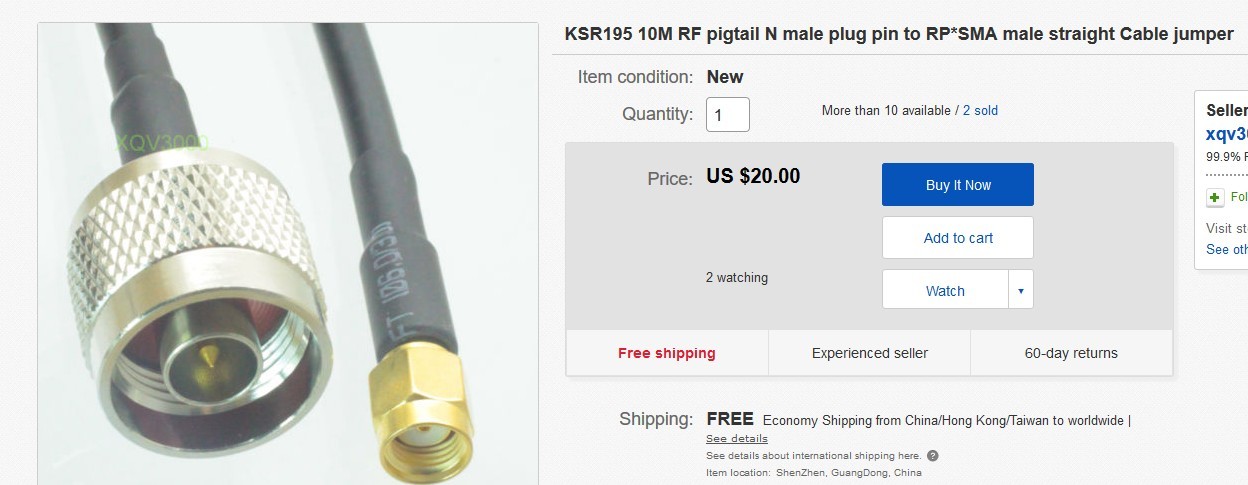
somebody using this KSR195 cable ?
what’s a good, affordable coax cable (prefab) ca. 10 mtrs ?
- update … just ordered it

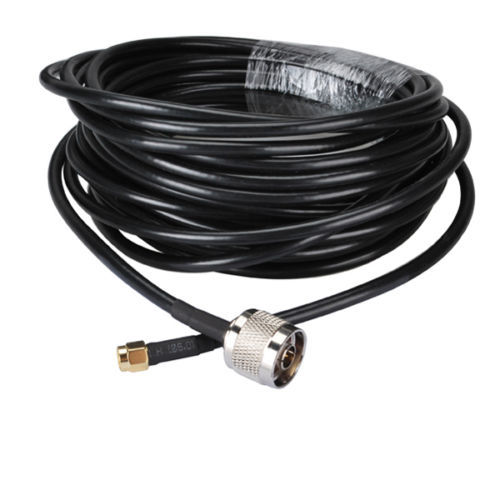

somebody using this KSR195 cable ?
what’s a good, affordable coax cable (prefab) ca. 10 mtrs ?


http://slkcorp.com/UploadFiles/Others/20130112185527_95037.pdf
Aprx 3.6 dB attenuation at 868Mhz with a length of 10m.
Any updates on your experiences with these? 
They both work as expected.
Build quality is good ( but I don’t have a reference, never bought a lora base antenna before  ) and I’ve received them very fast (week)
) and I’ve received them very fast (week)
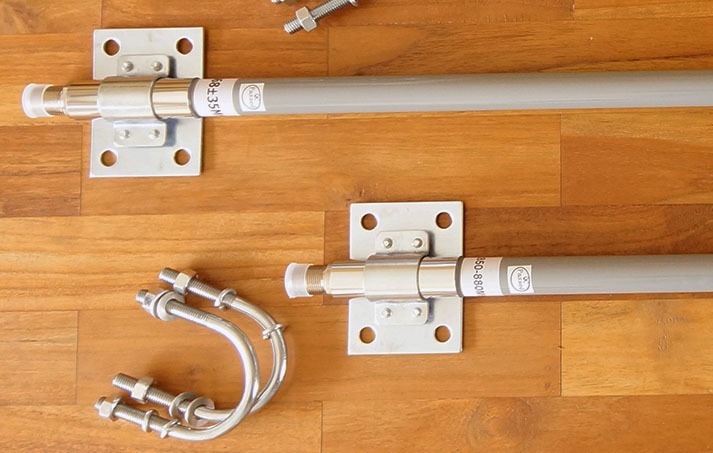
What I hadn’t thought of, is the coax cable loss @ high frequencies… if you buy the 3 dbi antenna and you have 10 mtr cable you have in fact no gain at all, or … you’ve compensated the cable loss.
I’ve bought some time ago a cheap China ‘wifi’ coax cable with sma connectors to find out now that these are really REALLY bad.
I prefer the 10 dbi (90 cm) as a base antenna and the 3 dbi I’ll use for a mobile setup where I use 10 cm coax between node and antenna.
I ordered a better 10 mtr coax cable  … to be continued
… to be continued
Did you test if there is any significant difference in rssi between these antennas and your GPA?
No not a serious test ( off course the 10 dbi should 'win ) … I will test when I receive the new coax cable and the antenna’s are mounted outdoors 
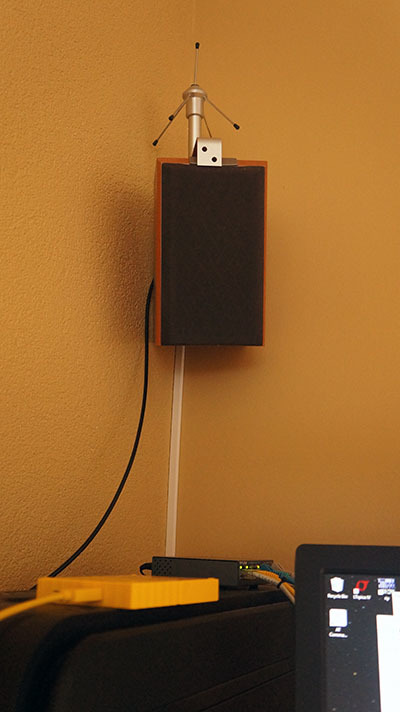
I was thinking at the same corner.
Do we need polarization diversity?
The short answer is no. No one is using it!
What longer answer is – LoRa chirp modulation mitigates this issue.
IMHO – does not solve it only mitigate it.
I was thinking to connect two Lora antennas at 90 degree with two receivers and just move around with one Lora transmitting node – I’m pretty sure that somebody else did such test, Isn’t it?
Do we have such data?
Thanks in advance
that would be very interesting !
Diversity is benificial in the direction of the receiver and can help a lot in (dense) urban area’s.
By default will the use of two antennas add a gain of 3 dB as aperture gain.
The multipath reflections will add another 7 to 9 dB to the link budget.
So yes diversity will help.
There is one condition that shall be met: The receiver shall be equipped with multiple receivers so each antenna has its own receiver. Than the recived signal shall be conbined using maximum ratio combining.
Until now I have not seen a LoRaWAN receiver capeable of doing this.
Conclusion:
Sectorising ( 3 gateways with a directional antenna) and using high gain antennas is much more benificial.
exactly… that’s why its interesting
Sorry for my wrong explanation.
I was aware that full diversity reception/as known in GSM BS/ is not feasible at this moment.
I’ve ment the following setup
Does it make sense? If yes I can make this measurement and share it.
Any proposals, remarks and concerns are welcome.
To be polarization independent I plan on using a Skew Planar or cloverleaf antenna on my single channel gateway.
I’ve build a Skew Planar antenna, but it wasn’t quite resonant on 868. By touching the antenna on one “leaf” I found out the reflection attenuation (VSWR) improved a lot. So the next experiment is to build a cloverleaf antenna.
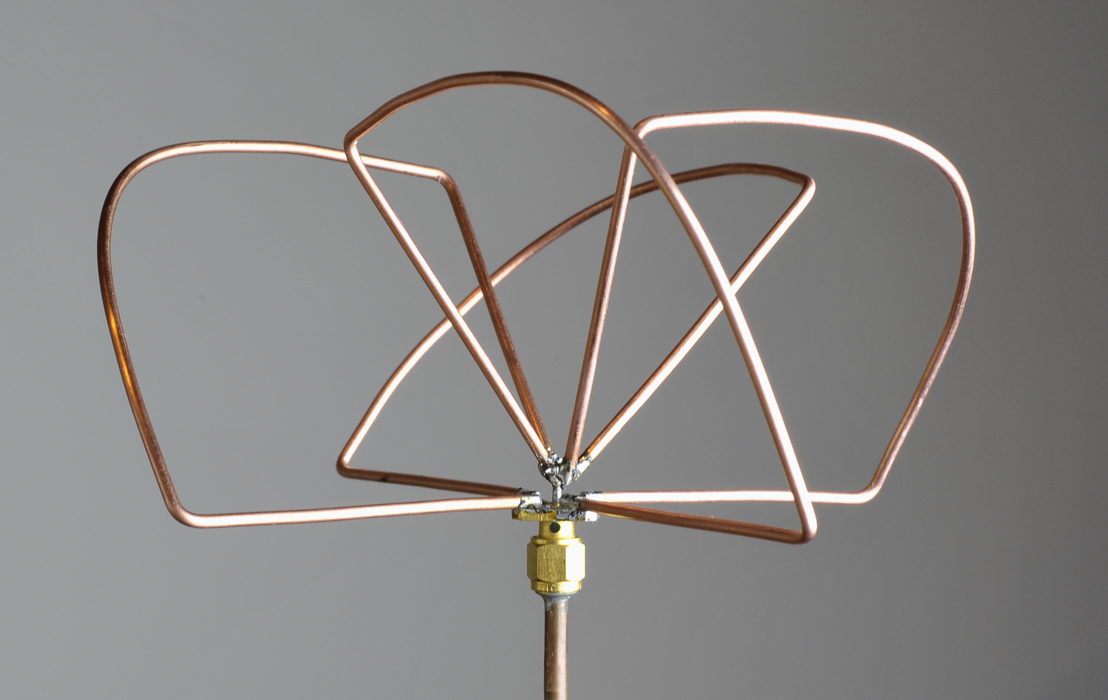
As a ham radio operator I have been working lately on a TTN integration to APRS. This is the Automatic Positioning Reporting System that is used amongst radio amateurs to display the GPS data of their mobile rigs or handhelds on e.g. aprs.fi or aprsdirect.com
I have succeeded in creating two RestAPI endpoints so that my GlobalSat tracker is now displaying my position when the lora signal is received by wether a TTN gateway or WirelessThings gateway. If you do a search for ON3ZOE on those websites then : ON3ZOE-1 means received by TTN and ON3ZOE-9 means received by WT
Nice piece of work where loraWAN meets APRS.
73s de on3zoe
Cool work there.
I like the integration idea of this. Would you be so kind to share info about the APRS api details?
thanks!

Hi All.
So I have decided to give LoRa APRS a go here in Cape Town.
All the Information about my setup is here:
https://sites.google.com/view/d34dc3ed/home
73
Patrick
ZS1DBM
“LoRa Phy Synch Word: 0xf3”
mmm, World of pain there.
Do you know for sure if that syncword is valid, the current understanding is that they may not exceed 0x7F.
Not having a valid syncword can cause interoperability issues with SX126X devices and\or loose you receiver sensitivity.
Granted Semtech do not appear to have released full details, but they were asked back in November (by me) to comment.
https://lora-developers.semtech.com/knowledge-base/forum/viewthread/173/
As yet no reply.
Not my cup of tea, but: does the following partial explaination help?
The MSB leftmost nibble 0xF in 0xF3 indeed does not seem to comply with the first rule. (But again: not my cup of tea.)
Thanks for taking a look and the comments, good to know.
This library is a little old now. I suppose there will be a few libraries to update regarding this.
Im going to start with coffee then;)
You would assume that Semtech know the full answer to this, so I wonder why they are so reluctant to tell everyone else ?